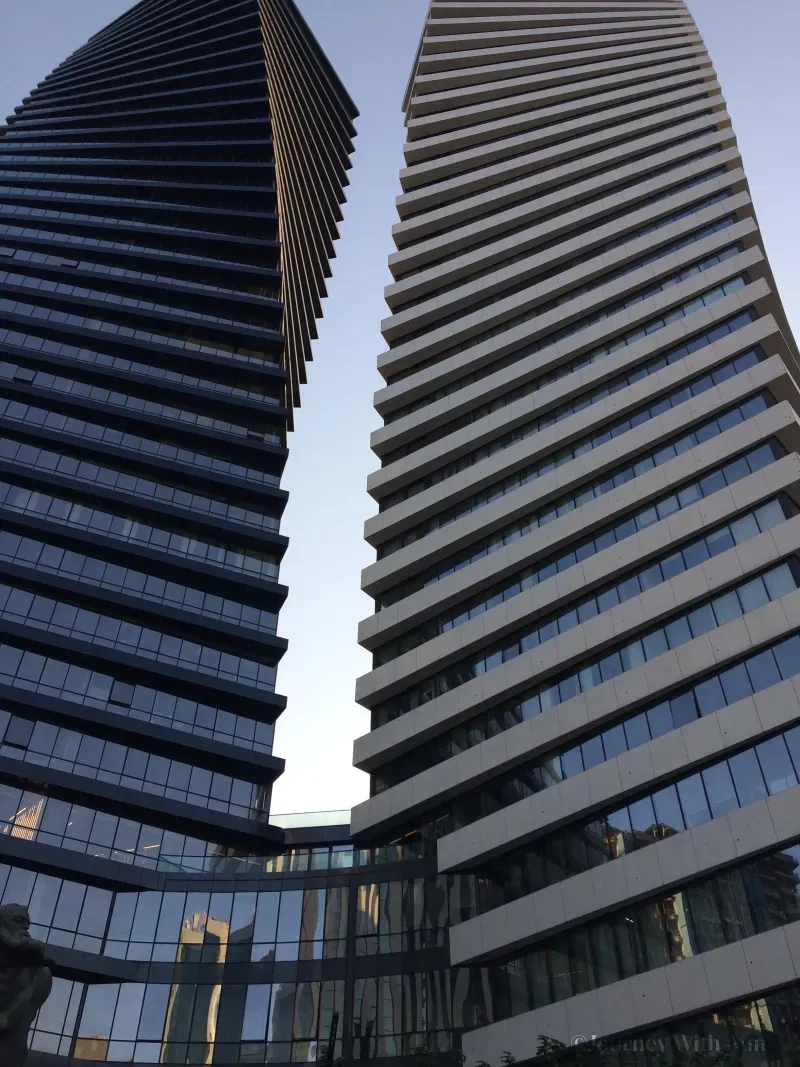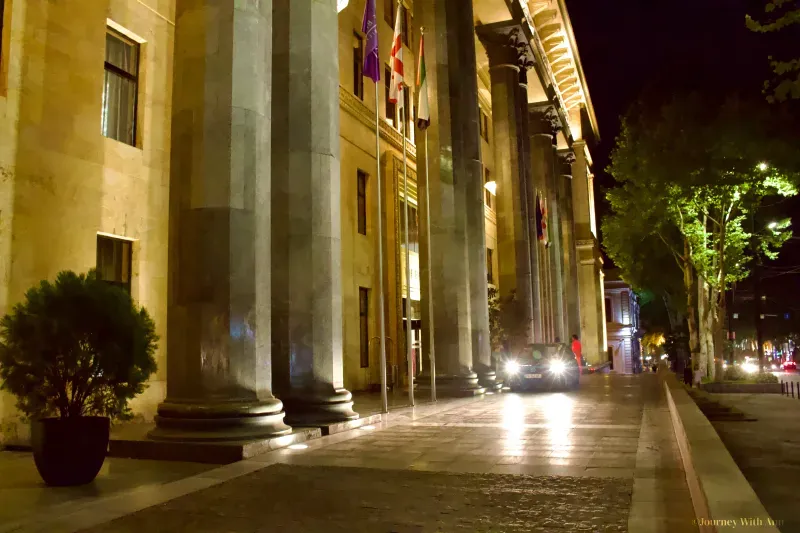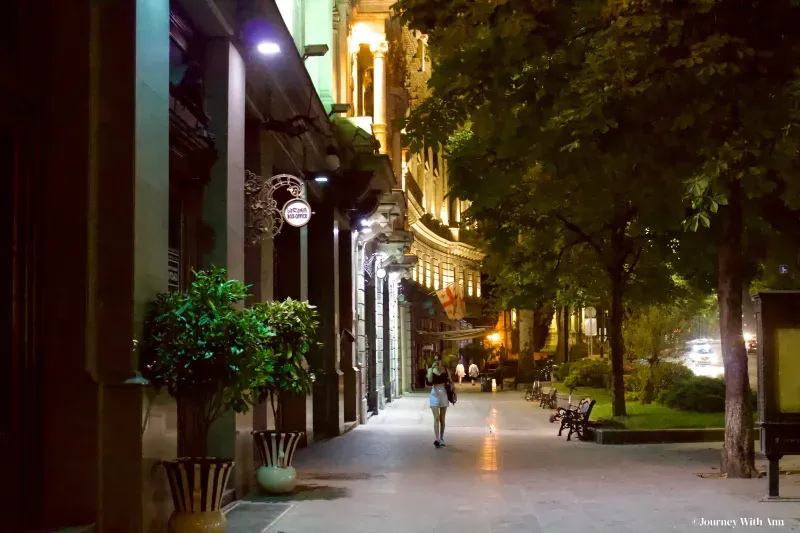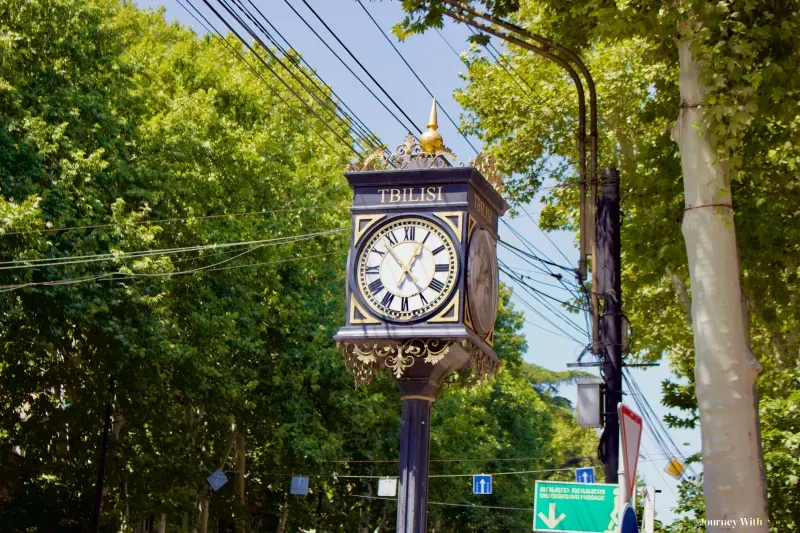Why Tbilisi Is the Heartbeat of the Caucasus
Tbilisi is not just a destination — it’s a feeling. Winding alleys, warm stone walls, wooden balconies, soulful music, and the ever-present scent of fresh bread and roasted chestnuts. One moment you’re sipping Saperavi in a centuries-old wine cellar, the next — you're climbing up to Narikala Fortress, watching the golden sunset melt into the Kura River. Welcome to the capital of contrasts. A city where East meets West, past meets future — and where every traveler finds something they didn’t even know they were looking for.
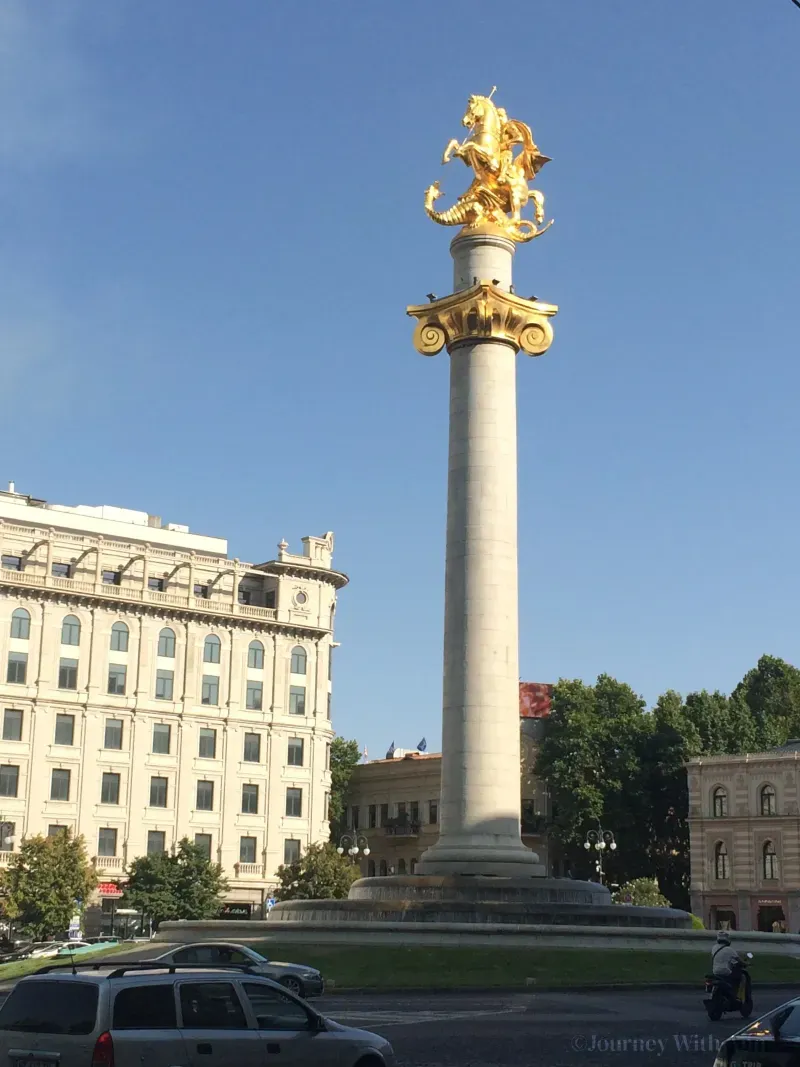
The Old Town (Dzveli Tbilisi)
Think cobbled streets, carved balconies, colorful facades, and the soft sound of a duduk playing in the background. It’s as photogenic as it is soul-stirring. Don’t miss Abanotubani — the legendary sulfur baths where time stands still.
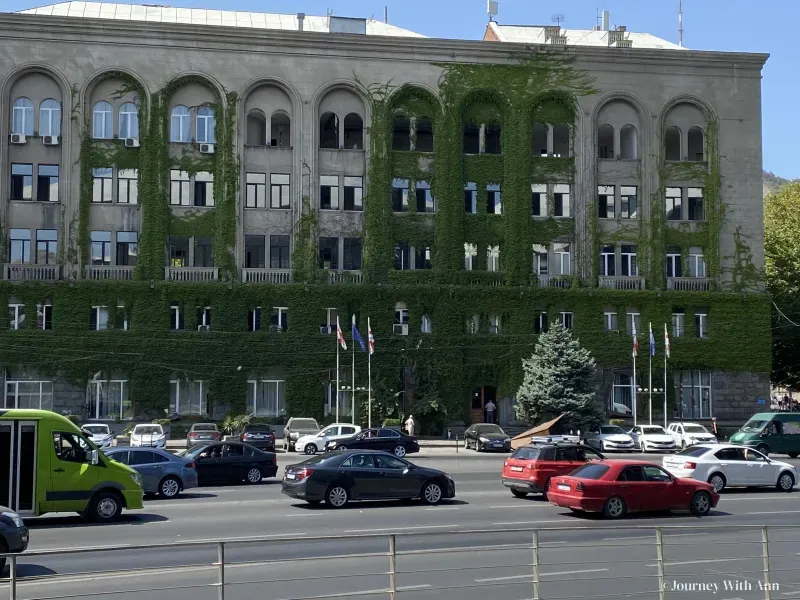
Wine Culture That Lives in Every Sip
In Tbilisi, wine isn’t just a drink — it’s heritage, poetry, and everyday magic. Georgia’s 8,000-year-old winemaking tradition is alive in cozy underground wine bars, amber-hued qvevri wines, and long, soulful toasts that somehow feel like home. Whether you're at Vino Underground or 8000 Vintages, each glass tells a story — earthy, bold, and full of heart.
Natural Hot Springs & Wellness
The famous sulfur baths are more than a spa experience — they’re a ritual. Head to Orbeliani or Chreli-Abano for tiled domes and healing waters. Locals swear by it, and after one visit, you’ll understand why.
Scenic Views That Will Steal Your Breath
Take the cable car to Narikala Fortress for panoramic views. Climb the stairs to Mtatsminda Park or stroll the Peace Bridge at night — the city glows in every frame. And when you reach the top of Mtatsminda, treat yourself to Funicular Restaurant — a legendary dining spot with floor-to-ceiling windows, traditional Georgian dishes, and views that feel like a movie scene. Order the roasted pork or lobio and watch the sun melt into the city below.
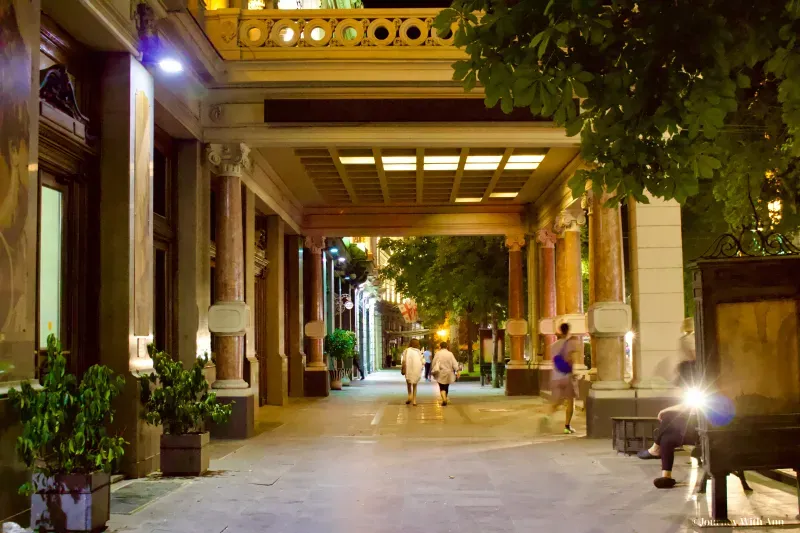
Creative Energy in Every Corner
Tbilisi’s creative scene is booming. From minimalist coffee shops to edgy fashion ateliers and indie art galleries tucked into courtyards — this city buzzes with style and soul. And for culture lovers, inspiration is everywhere: explore the Georgian National Museum, admire masterpieces at the Art Palace, or catch a powerful performance at the Rustaveli Theatre. For an unforgettable evening, step into the grand Z. Paliashvili Tbilisi Opera and Ballet State Theatre — a stunning example of neoclassical architecture, where velvet curtains rise to reveal world-class opera and ballet. Tbilisi isn’t just trendy — it’s deeply cultured.
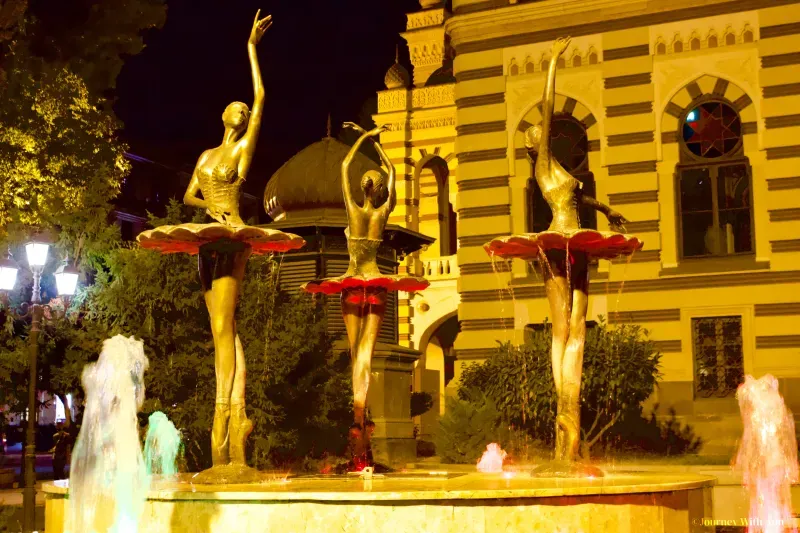
The Flavors of Georgia
Tbilisi’s food scene is pure indulgence. Juicy khinkali that burst with aromatic broth in every bite. Slow-cooked chakhokhbili, rich with herbs and tomatoes. Melting wedges of warm suluguni cheese. Don’t skip the crispy khachapuri adjaruli — boat-shaped bread with bubbling cheese, butter, and egg. Pair it all with a glass of Borjomi mineral water or homemade tarragon lemonade. Every meal is a celebration — earthy, hearty, and unforgettable.
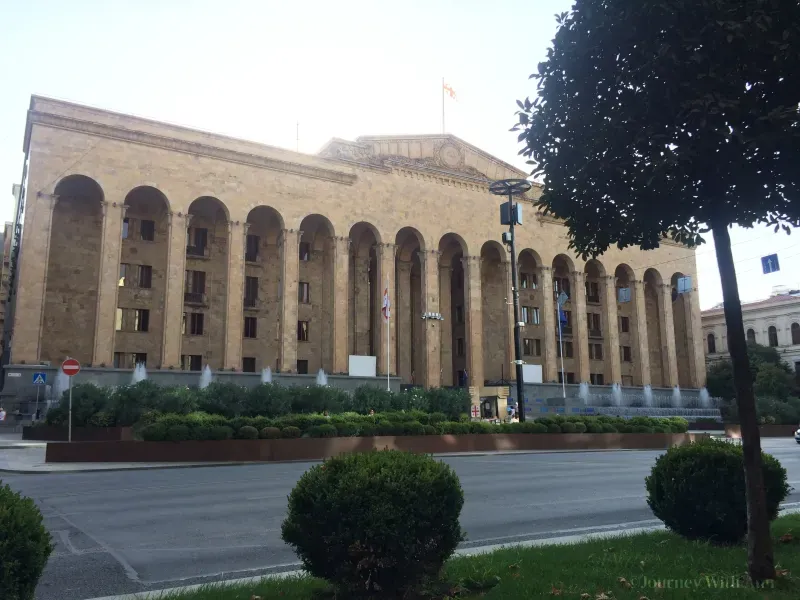
Best Time to Visit Tbilisi
Spring and autumn are magical — think warm breezes, green mountains, and street cafés in full bloom. But even in winter, with snow-dusted rooftops and steaming baths, Tbilisi has its own quiet poetry.
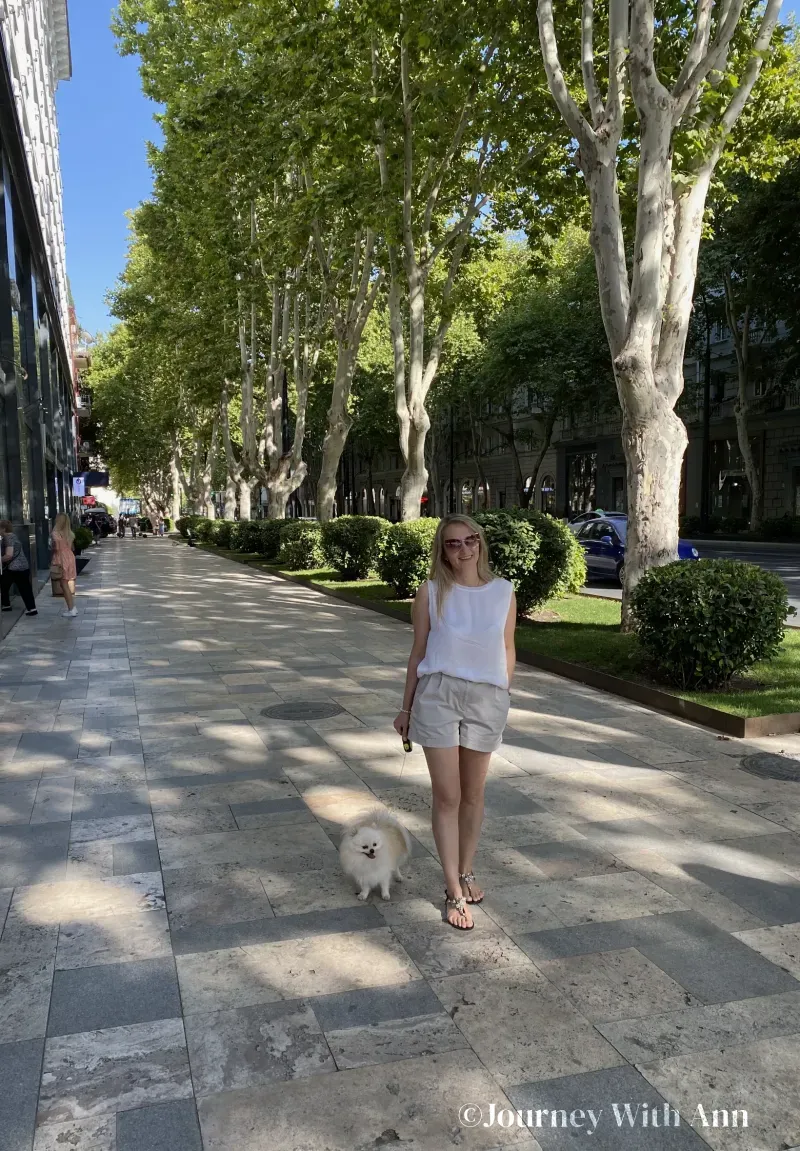
Taxi and Food Delivery Apps in Tbilisi or What You Need to Know Before Crossing the Border to Armenia
Getting around Tbilisi is refreshingly easy thanks to a wide range of taxi and food delivery apps — from Bolt to Yandex Go. The drivers are generally friendly and helpful, though most speak Georgian or Russian, and very few are fluent in English. Some might smile and nod without really understanding you — but don’t worry, the apps handle everything. With just a few taps, you’ll be riding comfortably through the city’s vibrant streets. But if your plans include traveling from Tbilisi to Yerevan, there’s a detail worth knowing: drivers will often take you only to the Georgia–Armenia border checkpoint. Once you cross on foot, you’ll likely need to find a new taxi on the Armenian side. This can cause some confusion — especially when you realize that you’ve paid the full fare for the entire Tbilisi–Yerevan route, even though your Georgian driver only took you halfway. Frustrating? Absolutely. And let’s not forget: the road itself is a winding mountain serpent — stunning, yes, but not for the faint of stomach. If you’re prone to motion sickness, no view will distract you from the twists and turns. In that case, consider alternative travel options like a direct bus or short flight. Interestingly, getting from Armenia to Georgia by taxi is usually much smoother — one car, one ride, no mid-border shuffle. If you do decide to brave the border by taxi, use a translation app ahead of time to clarify the route, border crossing details, and pricing. A little preparation can save you a lot of nerves — and a lot of lari.
Conclusion
Tbilisi is not just a capital — it’s a memory in the making. A city of contrasts, where centuries collide at every corner: timeworn, leaning facades stand beside sleek modern buildings; humble, homey cafés quietly coexist with bohemian-style restaurants that wouldn’t be out of place in Berlin or Paris. It's not uncommon to stumble upon buildings quietly crumbling under the weight of time — their faded beauty adding to the city’s raw charm. The people? Warm, welcoming, and full of character — sometimes charmingly cunning in that unmistakably local way. Yes, not every street is spotless, and a bit of urban chaos might catch your eye. But the moment you taste real Georgian khinkali, hear a heartfelt toast over ruby-red Saperavi, or feel the sincere hospitality of a stranger — those imperfections vanish. Wine, warmth, and wonder take over. So go — let Tbilisi pull you in. Surrender to the flavors, the voices, the views. It may not be polished, but it’s real, raw, and unforgettable. The kind of place that doesn’t just visit your memory — it lives in it.
